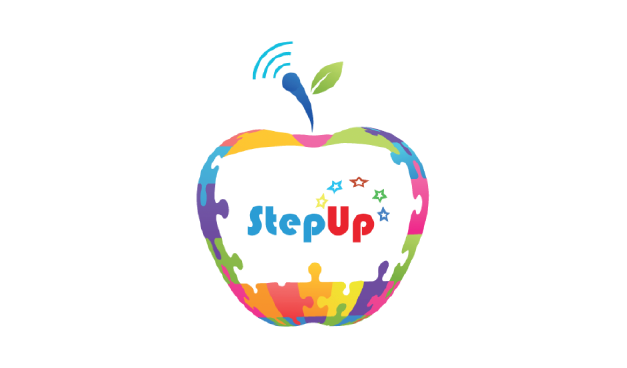Get Full Access to Lumos StepUp - PARCC Online Practice and Assessments - Grade 6 English Language and Arts
Currently, you have limited access to Lumos StepUp - PARCC Online Practice and Assessments - Grade 6 English Language and Arts. The Full Program includes,
Buy Practice Resources
 Online Program
Online Program
- Read the passage "The History of the New York City Marathon" and the open-ended question and write your answer in the box below.
- Focus your response on the question asked.
- Answer all parts of the question and explain your answer with specific details.
- Use specific information from the story to answer all the parts of the question.
- After writing your answer, click on the appropriate radio button.
The History of the New York City Marathon
Each year, runners from around the globe travel to the “Big Apple” to participate in the world’s largest race, the New York City (NYC) Marathon. The running course is an exhausting 26. 2 miles and running the entire race at a slow pace takes about 5 hours— almost an entire school day—of steady running. The NYC Marathon takes place on the first Sunday of November and because of its popularity, participation is limited to 37,000 entrants. Along with the Boston Marathon and Chicago Marathon, it is among the greatest long-distance annual running events in the United States. So how did this popular race get its start?
The NYC Marathon is organized each year by the New York Road Runners club, and the first NYC Marathon was held in 1970. It was organized by the club’s presidents, Vince Chiappetta and Fred Lebow. Fred Lebow ran in the foundational NYC Marathon in 1970, finishing 45th with a time of 4:12:09. He was diagnosed with brain cancer in early 1990, and he ran his last NYC Marathon in 1992, in celebration of his 60th birthday. To honor Fred Lebow, a sculpture of him was created in 1994 by an artist named Jesus Ygnacio Dominguez. The sculpture shows Lebow timing runners with his watch. The first NYC Marathon was a small race with 127 competitors running several loops around a section of Central Park. The entry fee for the race was $1 and a total of 55 runners crossed the finish line.
Over the years, the NYC Marathon became more popular and grew larger and larger, and in 1976, Fred Lebow redrew the running course to include all five boroughs of New York City.
The marathon begins on Staten Island near the Verrazano-Narrows Bridge. It winds through Brooklyn for approximately the next eleven miles. After running about two and a half miles in Queens, runners cross the Queensboro Bridge and enter Manhattan. It is at this point in the race when many runners become tired, as the climb up the bridge is considered one of the most difficult facts of marathon. Finally reaching Manhattan after about 16 miles, the race proceeds north and crosses briefly into the Bronx before returning to Manhattan. The runners finally race through Central Park to the finish line.
In 2000, an official wheelchair and hand cycle division of the marathon was introduced.
The NYC Marathon will celebrate its 40th anniversary in 2009 and the race will include special celebrations. The marathon has always been a focus of community spirit, and more than two million spectators are expected to line the streets for the 2009 race to support the runners.
The NYC Marathon is a very popular race.
- Describe why you think so many people want to run in the NYC Marathon.
- Discuss why proper training and preparation are necessary before running in a marathon.
- Explain why you would or would not want to run in the NYC Marathon.


